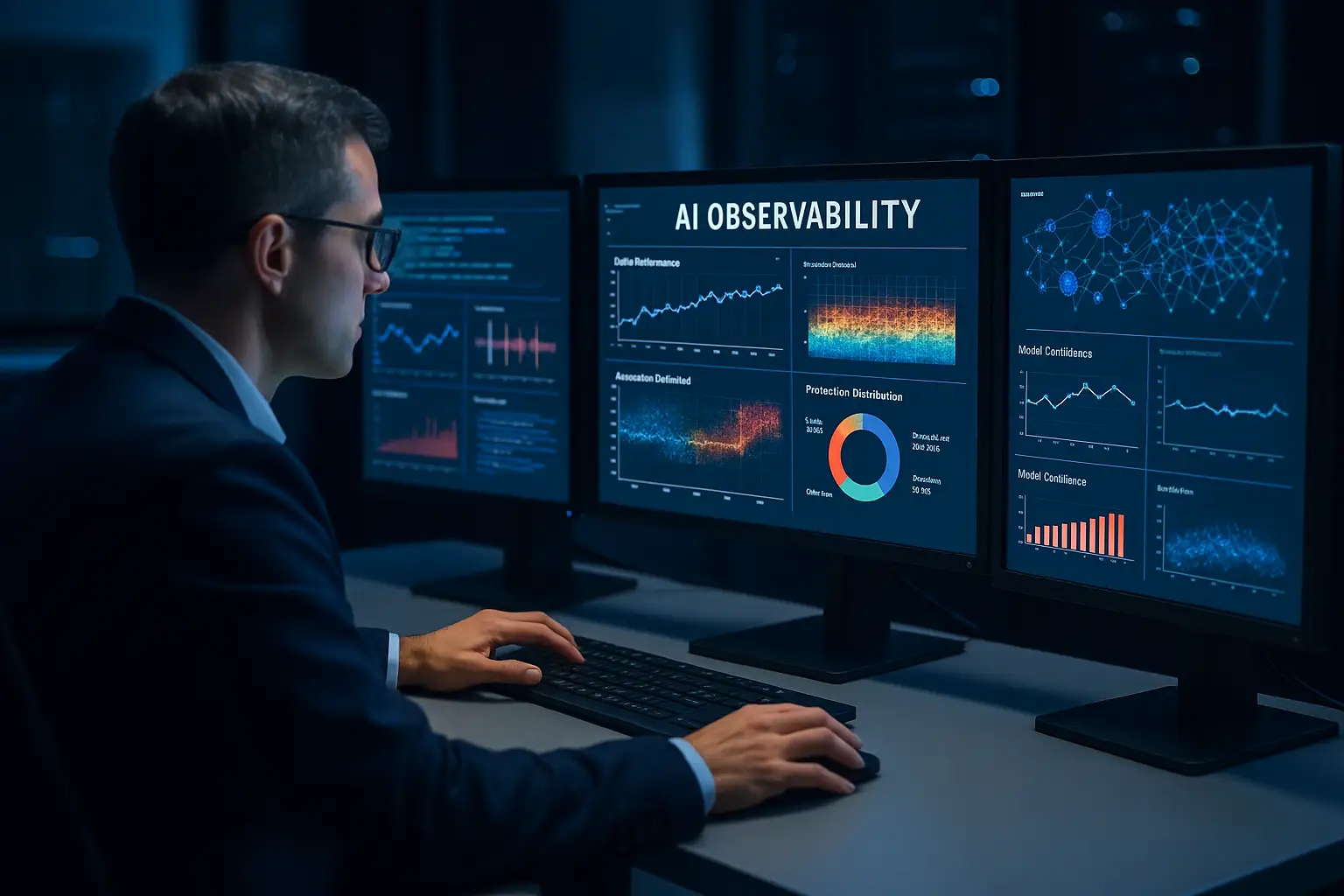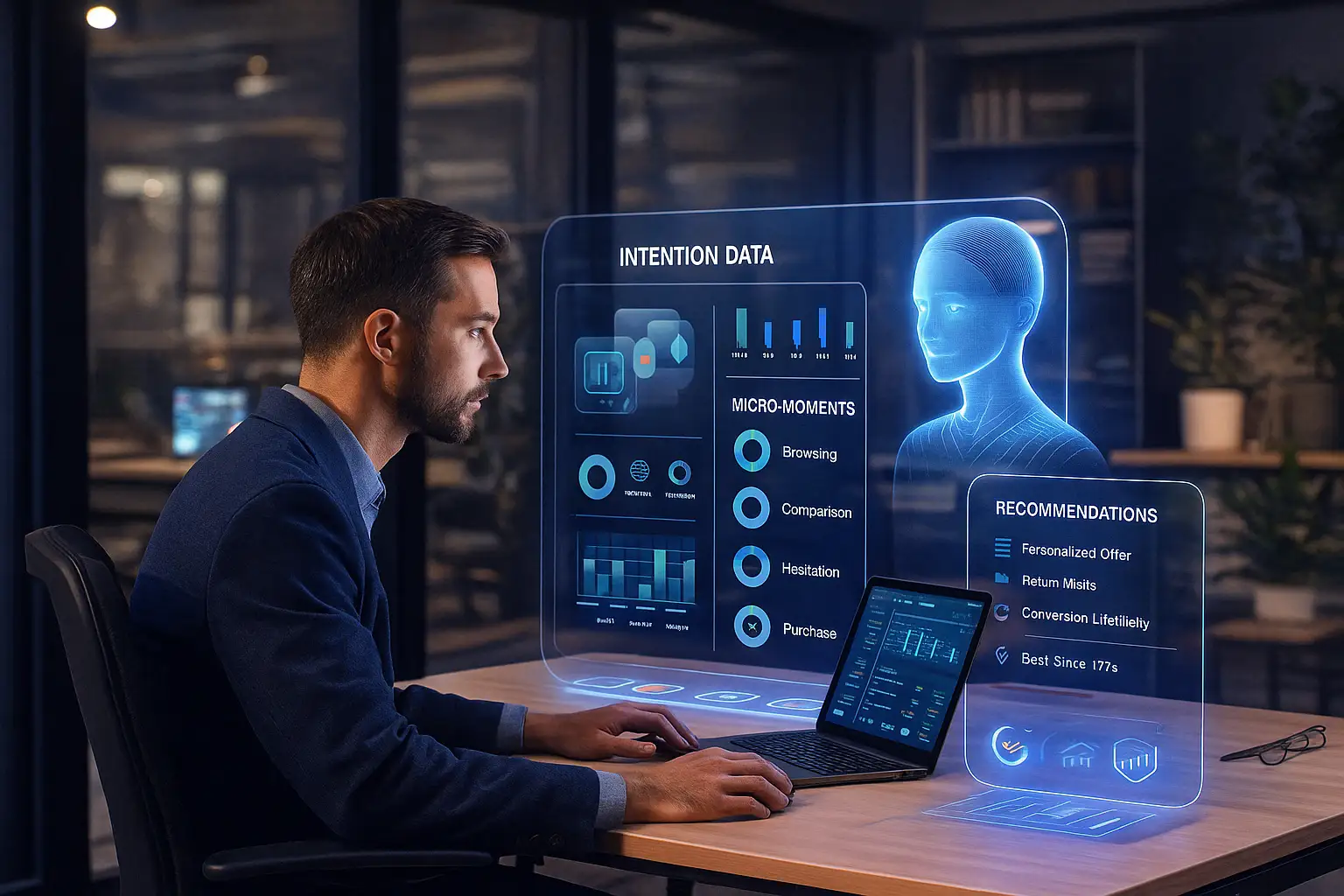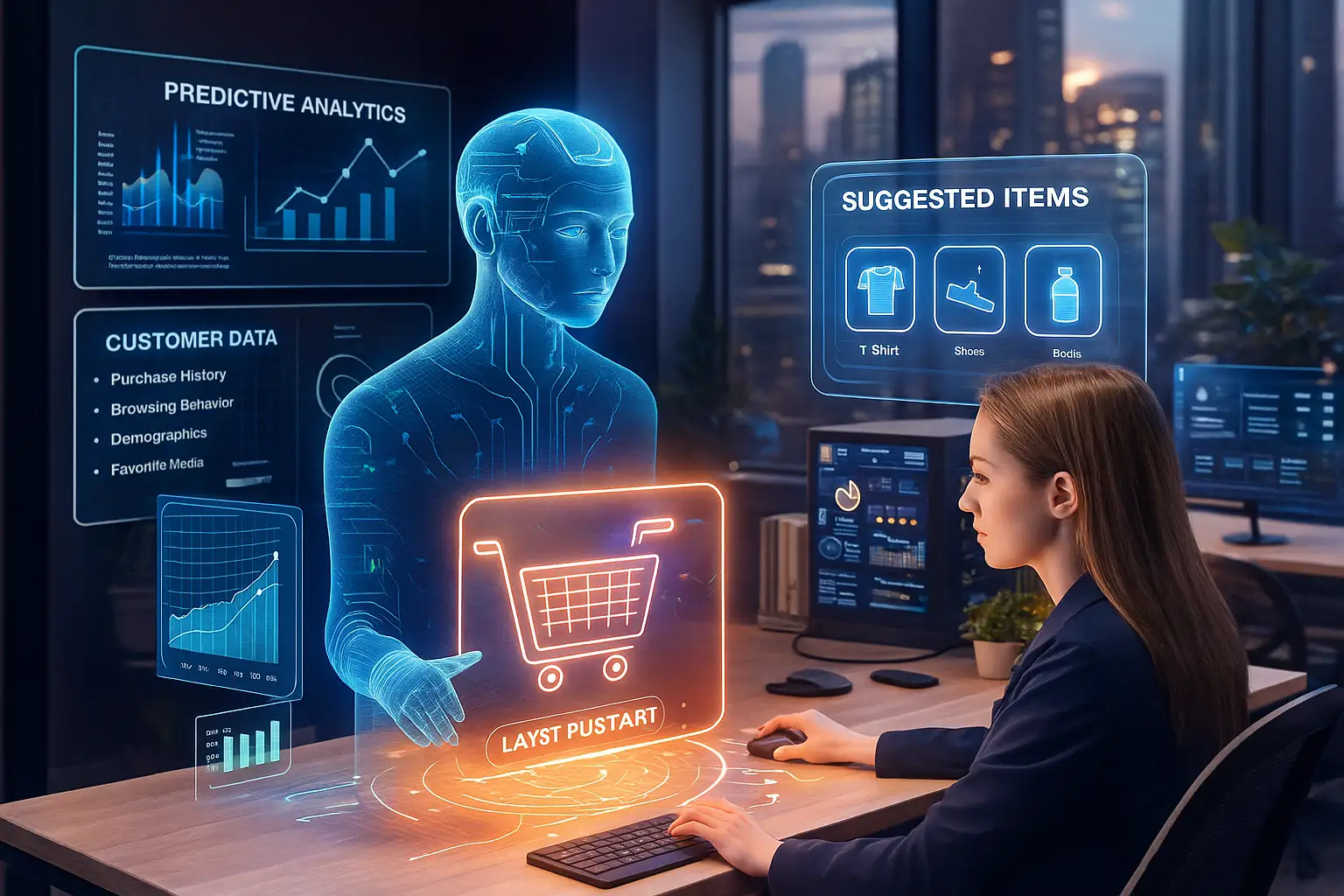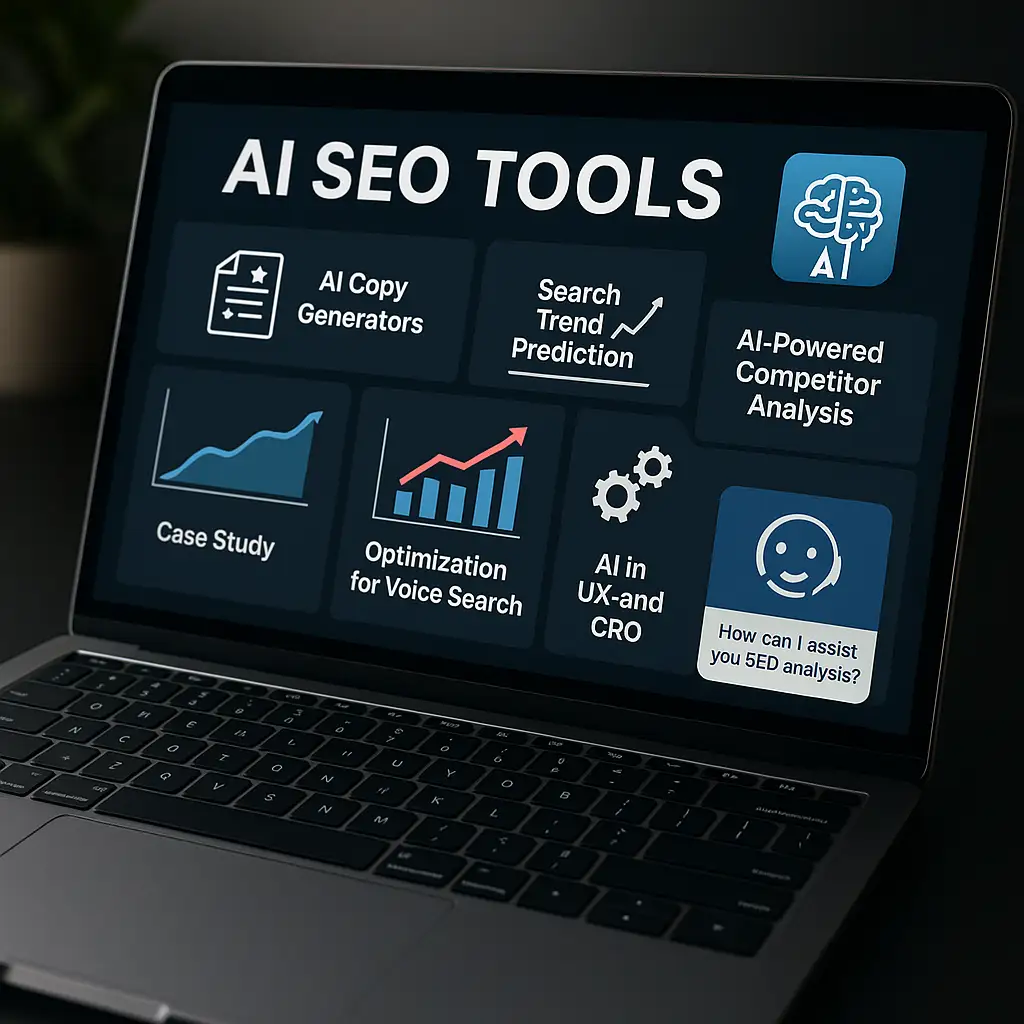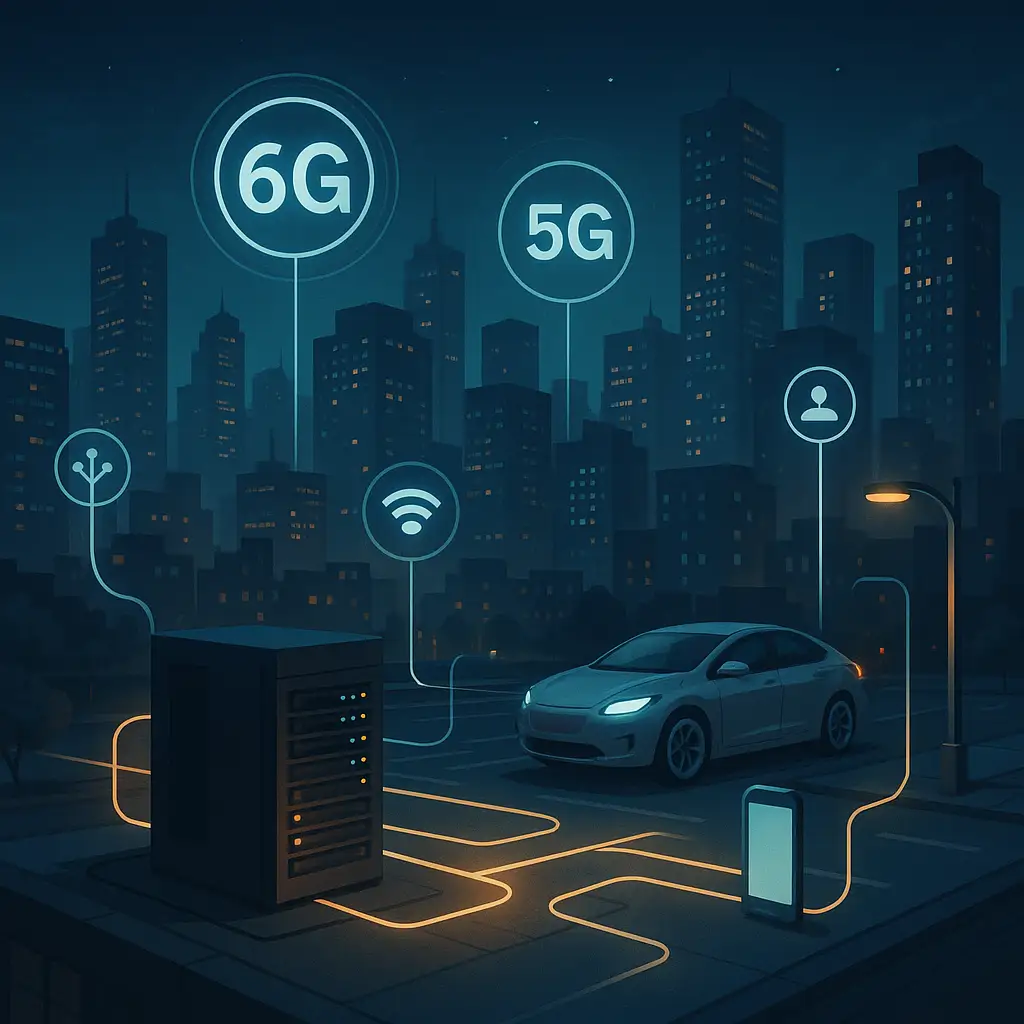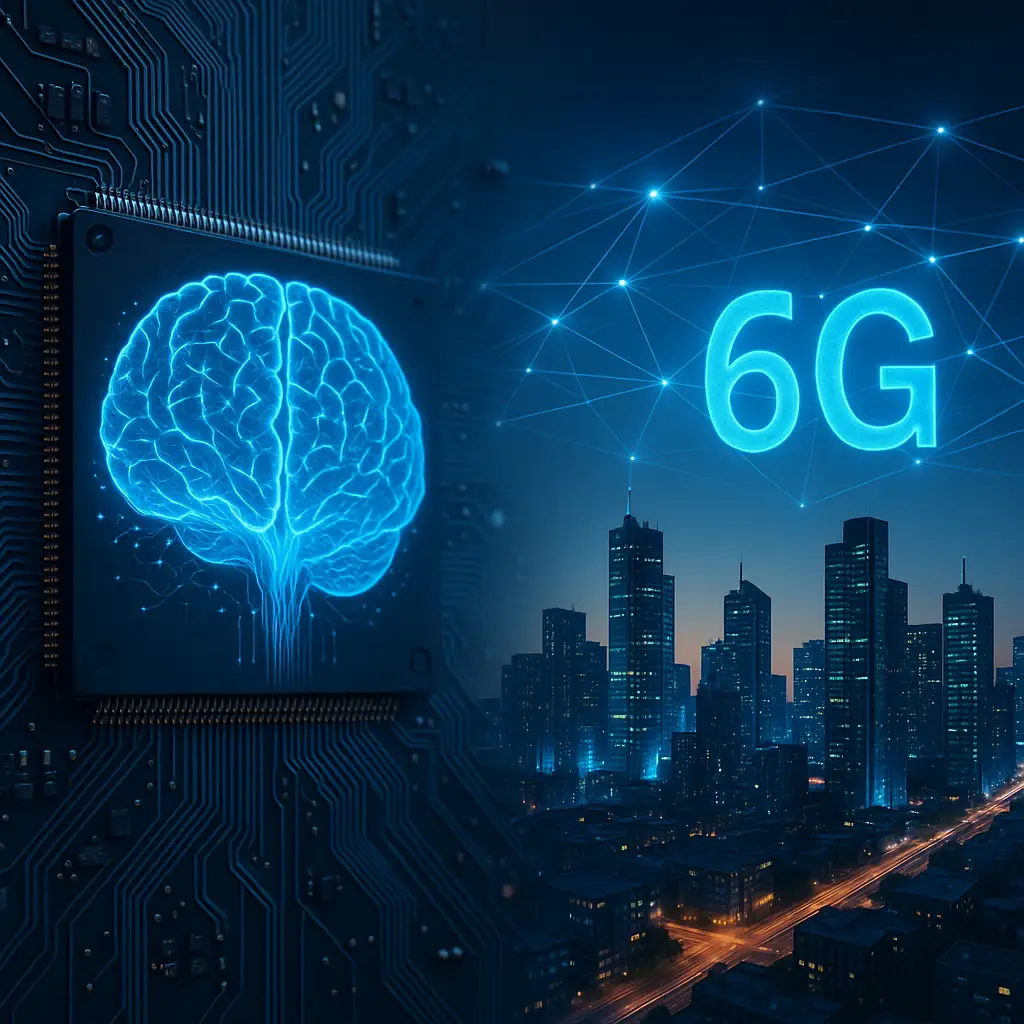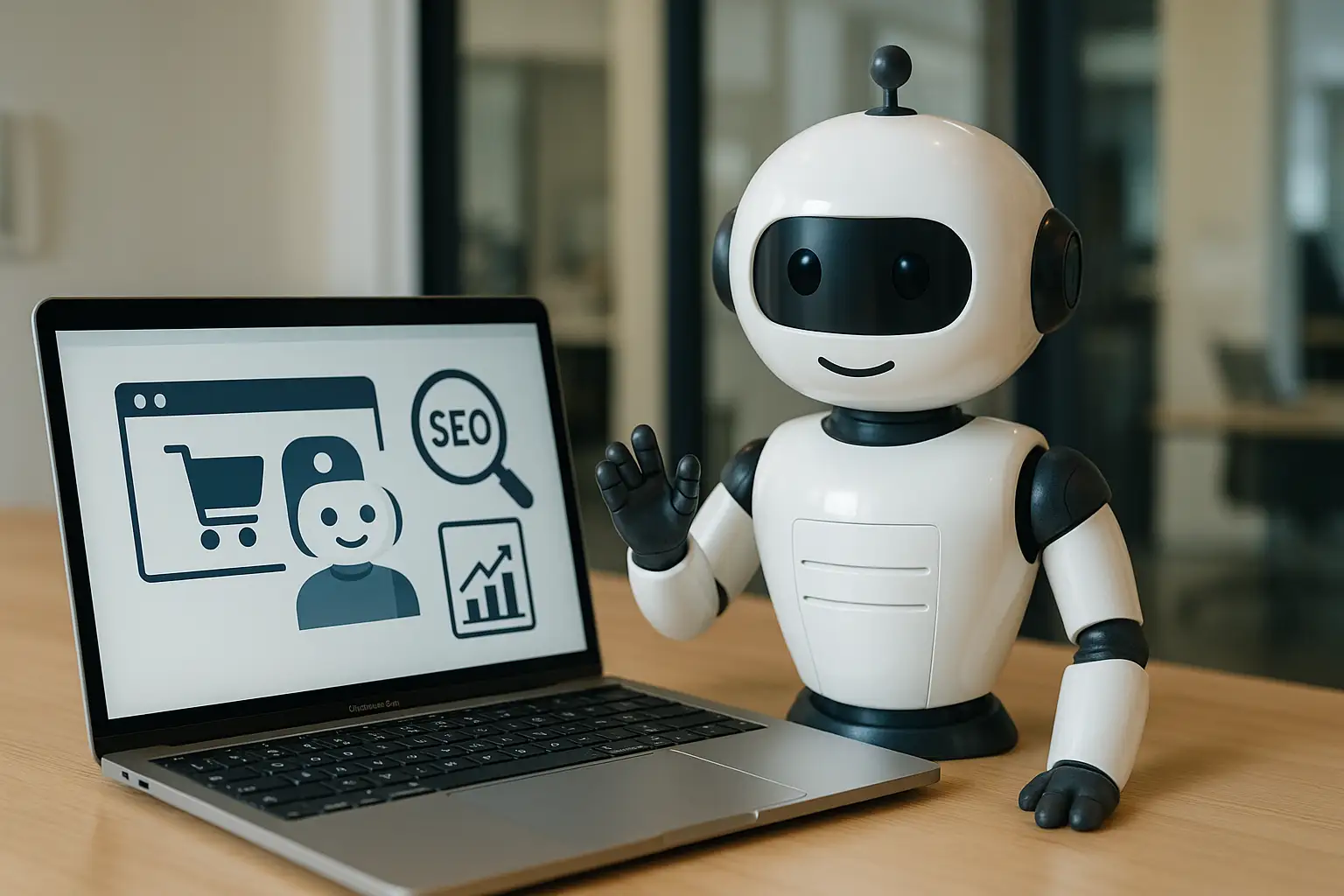Edge Intelligence: The Future of Smart, Decentralized Computing
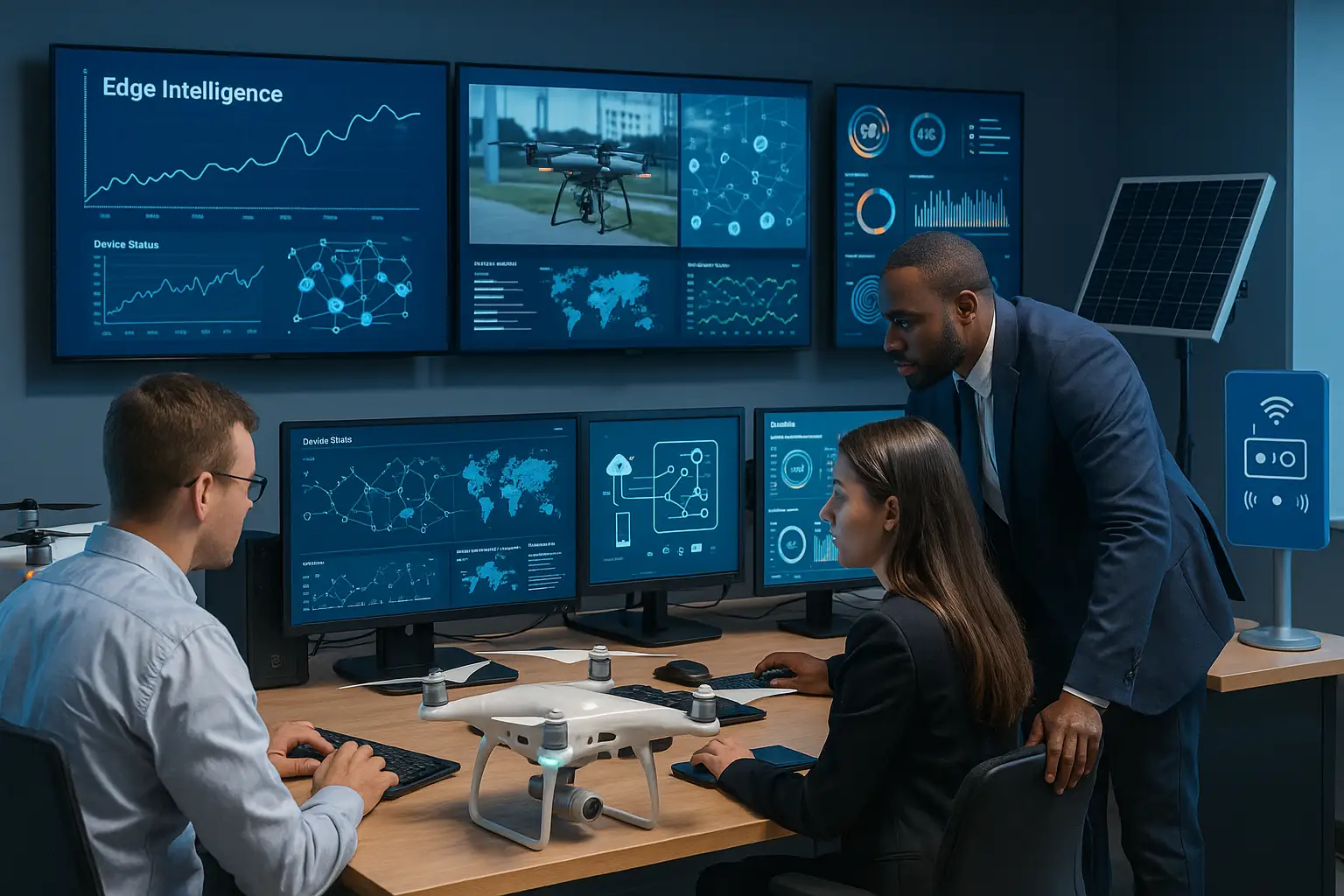
Edge Intelligence: The Future of Smart, Decentralized Computing
1. Introduction
The digital world is no longer centralized.
In the past decade, cloud computing revolutionized data processing, but in an age of smart devices and real-time decisions, sending everything to the cloud is no longer sustainable.
The answer lies at the edge — where data meets intelligence.
Edge Intelligence combines artificial intelligence with edge computing to bring decision-making closer to the source.
It’s what makes autonomous vehicles react instantly, factories self-optimize, and smart cities think in real time.
This shift marks the beginning of a new era — one where intelligence is distributed, adaptive, and always connected.
2. What Is Edge Intelligence?
Edge Intelligence (EI) is the integration of AI algorithms directly into edge devices or edge servers, allowing them to process and analyze data locally instead of sending it to centralized data centers.
Think of it as AI on the edge — where computing happens in real time, near the action.
It’s powered by advances in:
- Machine Learning on-device,
- Lightweight neural networks (TinyML),
- 5G connectivity, and
- Edge GPUs and AI accelerators.
The result is a system that’s not just connected — but intelligent, responsive, and autonomous.
3. Why Edge Intelligence Matters Now
Three global trends are driving the rise of Edge Intelligence:
1. Real-Time Decision Needs
In industries like healthcare or autonomous vehicles, milliseconds matter.
Edge AI processes data locally, enabling instant responses without depending on cloud latency.
2. Data Explosion
With billions of IoT devices generating zettabytes of data, sending everything to the cloud is inefficient and costly.
Local AI processing reduces bandwidth usage and improves scalability.
3. Privacy and Security
Edge Intelligence keeps sensitive data — such as medical records or camera footage — on-device, minimizing exposure and ensuring compliance with regulations like GDPR.
4. The Architecture of Edge Intelligence
Modern EI ecosystems combine three key layers:
1. Edge Devices
Sensors, cameras, and embedded systems collect and process local data using AI chips (e.g., NVIDIA Jetson, Intel Movidius, Apple Neural Engine).
2. Edge Servers / Gateways
Regional nodes aggregate insights from multiple devices and sync them with the cloud for analytics or updates.
3. Cloud Coordination Layer
While AI runs at the edge, the cloud manages model training, versioning, and orchestration — ensuring global consistency with local autonomy.
This layered architecture enables collaborative intelligence — each component learning, adapting, and improving continuously.
5. Real-World Applications of Edge Intelligence
Autonomous Vehicles
Cars equipped with edge AI process camera feeds, radar, and sensor data in milliseconds to make driving decisions safely — independent of cloud connectivity.
Healthcare Monitoring
Wearables and medical IoT devices detect anomalies in patient vitals instantly, sending alerts to doctors only when necessary.
Industrial Automation
Smart factories use edge analytics to monitor machine health, predict maintenance, and reduce downtime — saving millions annually.
Retail & Smart Spaces
AI cameras and sensors track foot traffic, optimize shelf layouts, and personalize digital signage in real time.
Telecom and Energy
Edge networks enable efficient bandwidth management and predictive maintenance across grid systems.
6. The Benefits of Edge Intelligence
BenefitDescriptionUltra-low LatencyDecisions are made instantly, critical for real-time systems.Cost EfficiencyLess data transmitted to the cloud means lower operational costs.Data PrivacySensitive data stays local, reducing compliance risks.ReliabilitySystems continue working even with poor or lost internet connections.ScalabilityEdge networks grow organically — adding new devices enhances intelligence.
Edge Intelligence makes technology not only faster — but smarter and safer.
7. The Role of AI at the Edge
AI at the edge requires smaller, faster, and more energy-efficient models.
This has led to innovations like:
- TinyML: Micro AI models that run on chips with minimal power.
- Federated Learning: AI models trained across devices without moving raw data to the cloud.
- On-Device Neural Networks: Optimized models that adapt to hardware capabilities.
These breakthroughs allow edge devices to learn locally and contribute to global intelligence collaboratively.
8. Edge Intelligence in Software Engineering
For developers, Edge Intelligence redefines software architecture.
Apps must now be distributed, containerized, and context-aware.
Key Shifts in Development
- Moving from monolithic to microservices.
- Deploying AI inference models directly into hardware.
- Using DevOps for Edge (DevEdgeOps) — pipelines for deploying updates to edge nodes globally.
The line between hardware, software, and intelligence is fading — replaced by seamless AI-driven ecosystems.
9. Challenges on the Road to Edge Adoption
While powerful, Edge Intelligence faces key hurdles:
- Hardware Constraints: Edge devices have limited memory and processing power.
- Model Optimization: Compressing large neural networks without losing accuracy.
- Management Complexity: Maintaining and updating distributed AI systems globally.
- Security Risks: Each device adds potential entry points for attackers.
The solution lies in AI-powered orchestration tools and secure-by-design architectures — combining automation with strong encryption and identity control.
10. The Future: The Age of Autonomous Systems
Edge Intelligence is the foundation for autonomous everything — from vehicles and drones to cities and enterprises.
In the coming decade, we’ll see:
- Collaborative AI networks where devices share insights in real time.
- Quantum-enhanced edge processors accelerating local AI computation.
- Self-managing infrastructures that monitor and repair themselves.
The result: a global digital ecosystem where intelligence is everywhere, connected, and continuous.
Conclusion
Edge Intelligence represents the natural evolution of technology — from centralized computing to distributed cognition.
It’s the bridge between cloud scalability and local autonomy, between global intelligence and human immediacy.
Businesses that embrace Edge Intelligence today won’t just process data faster — they’ll create smarter experiences, safer systems, and more resilient innovation ecosystems.
Because in the future, intelligence won’t live in one place —
it will live everywhere.









